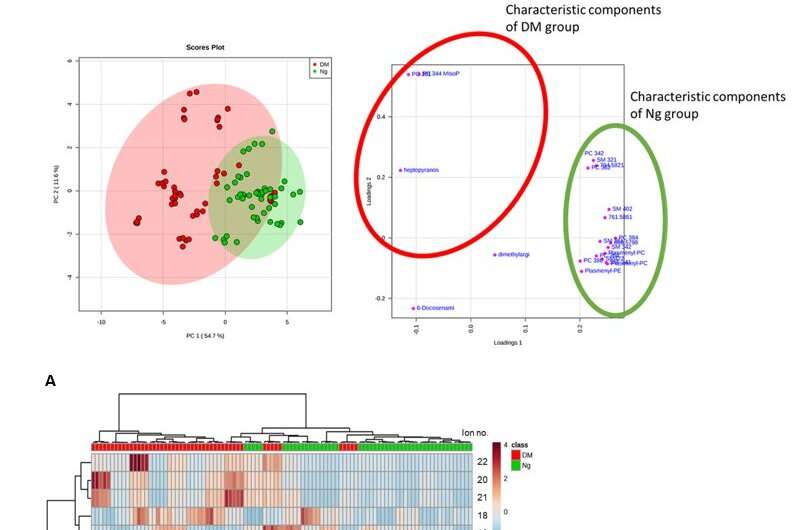Home » Health News »
How metabolomics could be the newest addition to a forensic pathologist’s toolkit

Determining the cause of death is one of the most crucial and challenging parts of a forensic investigation. Knowing the medical history of the decedent can make this task significantly easier and even help forensic pathologists infer the condition of the deceased before death. However, this information is not always available, such as in the case of an undiagnosed disease. For instance, diabetes mellitus (DM), a major chronic disease with a high global prevalence, is notoriously difficult to diagnose postmortem as a cause of death, especially when the decedent’s medical history is unavailable before the autopsy. The current biochemical tests used to diagnose DM after death each have their limitations.
Metabolomics, which is the study of metabolites such as sugars, amino acids, and lipids within biological systems, is a rapidly emerging tool in the field of precision medicine. Metabolomic analysis has been used to diagnose complex diseases ranging from colorectal cancer to depression. However, most studies to date have used the metabolomic approach to search for disease biomarkers in samples from living persons. While the metabolomic analysis of postmortem samples has not been studied in as much detail, it could offer a much more reliable approach for diagnosis.
This possibility urged a group of scientists, including Ms. Maika Nariai, who was a medical student at the time of conducting the study at the Department of Forensic Medicine, The University of Tokyo, to use metabolomic analysis to find postmortem biomarkers reflecting a decedent’s history of DM. The research team also consisted of Dr. Yohsuke Makino from the Department of Forensic Medicine, The University of Tokyo and Dr. Hiroko Abe, Dr. Yumi Hoshioka, and Prof. Hirotaro Iwase of the Department of Legal Medicine, Chiba University. Their findings were recently published in The International Journal of Legal Medicine.
The team selected 10 subjects with a history of DM and another 10 with no confirmed history of DM autopsied at a department of legal medicine in Japan between 2014 and 2017. They performed metabolomic analysis on postmortem blood samples to find biomarkers that potentially reflected a history of DM. Interestingly, they observed that two classes of lipids, sphingomyelin and plasmalogens, were significantly lower, while lysophospholipids were higher in the subjects with DM than in those with no known history of DM, suggesting that these metabolites could be used as biomarkers for the forensic diagnosis of DM.
Hailing this result, Ms. Nariai says, “Our findings have the potential to boost metabolomics research in forensic science and lead to the improvement of the quality of forensic investigations by precisely diagnosing diabetes even after death. It can also help improve public health and reduce false accusations.”
So, what are the long-term implications of these findings?
Ms. Nariai has an answer, “The forensic diagnostic markers for other diseases and conditions may be found if further research on metabolomics using postmortem samples is conducted. This will be useful in investigating cases where the cause of death is not clear. Moreover, metabolomics of postmortem samples may also provide new insights into the diagnosis and treatment of various diseases and a better understanding of changes after death.”
Source: Read Full Article


